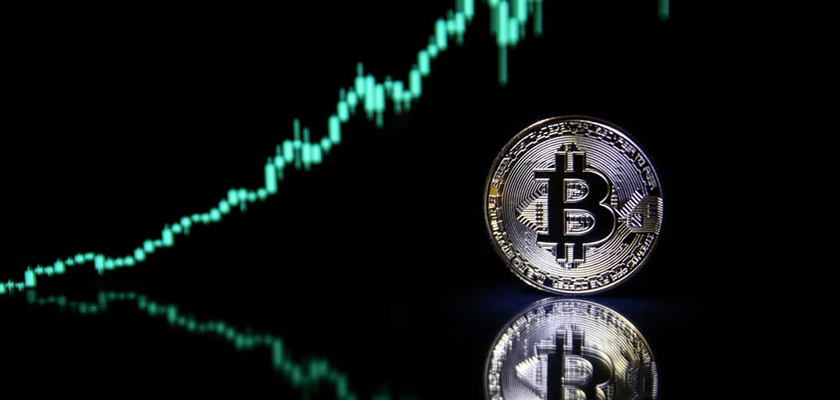Finally, we all lived the day to see a crypto market rally pulling underwater investors out of a year-long slump. Subsequently, BTC moved up from the $17k channel and is currently trading at $23k. with that, altcoins did what altcoins do best that is to follow Bitcoin without any sort of autonomy. However, recent statistics from CoinShares have revealed a fascinating insight as to what is going on behind the crypto market rally. From a conflict in opinion in different regions to high amount of weekly inflows used to short crypto assets, circumstances in crypto market have divided the investor sentiment. Let’s take a closer look.
Not Your Average Crypto Market Rally
Essentially, the wild rallies back in 2020 and 2021 had a pretty straightforward structure. The overall outlook toward crypto was bullish while institutional investors made huge purchases for the long run. In the meantime, retail investors were more inclined toward hodling.
Following the embarrassing collapse of terra (LUNA) and the horrible annihilation of FTX, both the institutional and retail investors have lost faith in the crypto. With that, it seems that the majority of bullish investors at the moment are traders who aren’t necessarily committing to long-term ventures.
In the latest Digital Asset Fund Flows Weekly Report, CoinShares finds that trading activity is suspiciously higher than usual.
“Trading activity for the week was high at US$1.6bn, above the 90-day average of US$990m, with 80% of the trading focused on Bitcoin.”
Despite that gargantuan number, most of the weekly inflow went on to back short BTC products. Fundamentally, these products profit on downward moves of Bitcoin. In total short BTC products had over $25.5 million in inflows last week which is almost five times higher than what traditional BTC products had in inflows that is $5.7 million.
“Digital asset investment products saw US$37m inflows last week, although this was predominantly into short investment products (68%).”

Regionally Divided
Basically, CoinShare data reveals that North American institutions are predominantly making the short moves on BTC. At the moment, the sentiment on Bitcoin and other crypto assets are radically different on both sides of the Atlantis.
“Regionally, opinion is very polarised. Inflows were seen in Europe, most notably Germany and Switzerland with US$14m and US$10m respectively. Outflows were seen in European short investment products too, suggesting sentiment is positive. In contrast, Hong Kong saw outflows from long investment products (US$11m), while the 95% of the inflows into the US were into short-Bitcoin products.”
At this point, there’s still not enough evidence to prove that the recent crypto market rally is a bull trap. Regardless, the data is consistently indicating a massive divide in sentiment and of course a huge amount of interest in trading rather than holding. With all that, it would be safe to assume that the crypto market will likely become highly volatile for at least the first quarter of 2023. So hang in tight, and get onboard the emotional roller coaster of crypto investment!







